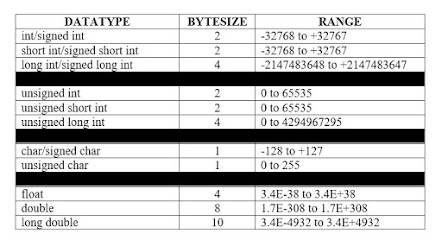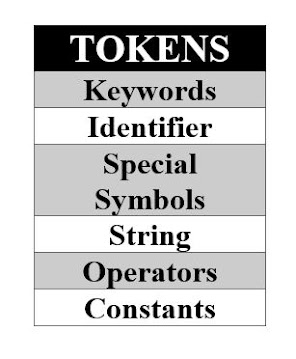Looping in C Programming Language
Looping in C Programming Language Use: When we want to perform specific task repeatedly then we can use looping. In C Language there are three type of loop: For Loop While Loop Do while Loop Nested for Loop Each Loop statement requires three things: Initialization Test Condition Increment/Decrement Operation 1. For Loop: For Loop is a repetition control structure which allow us to write a loop that is executed a specific number of time. Syntax: for( initialization ; test condition; increment/decrement operation) { ------ body of for loop; ------ } 2. While Loop: While Loop is use to per to p...








